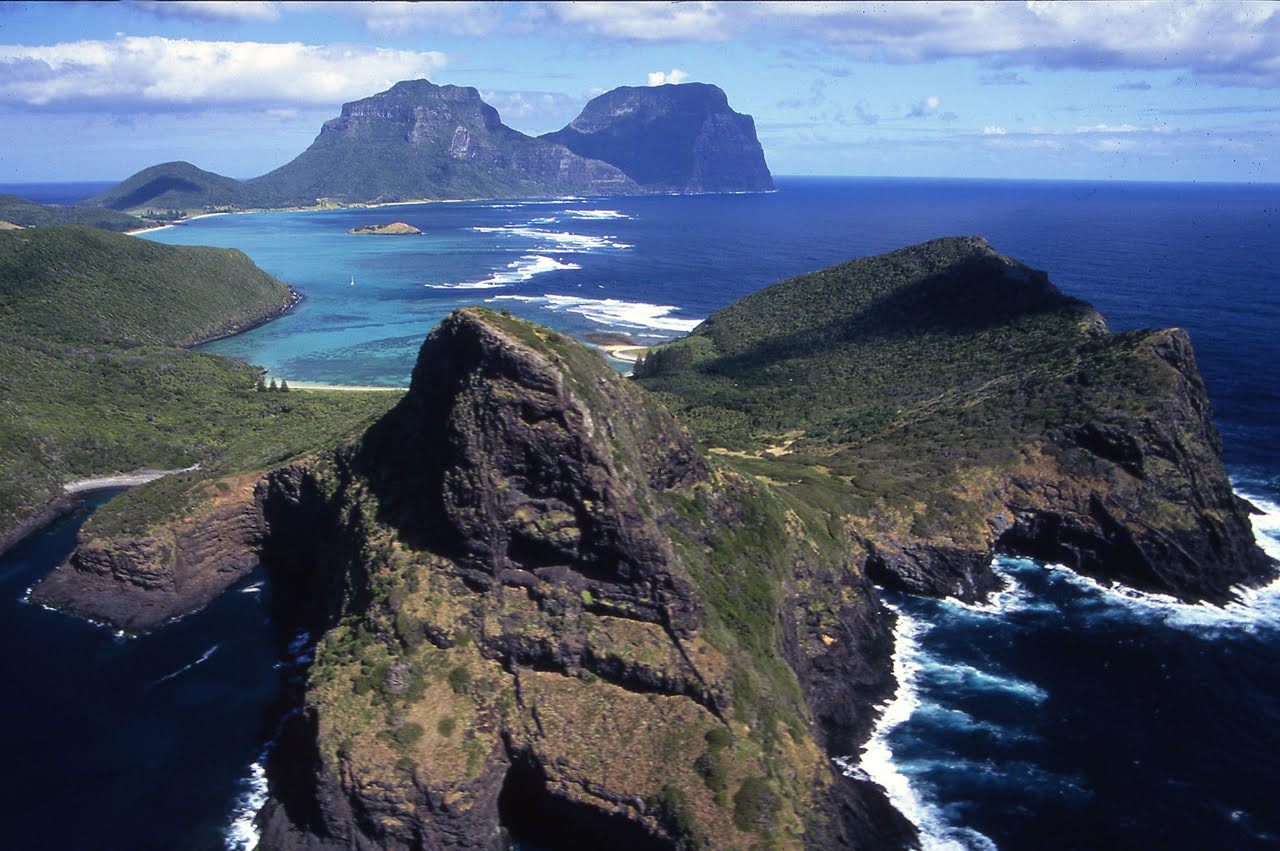
Campbell Albatross at sea; artwork by Annie Shoemaker-Magdaleno, after a photograph by Kirk Zufelt
David Thompson (National Institute of Water and Atmospheric Research Ltd., Wellington, New Zealand) and colleagues have published in the journal Aquatic Conservation: Marine and Freshwater Ecosystems on the at-sea distribution of New Zealand’s endemic and globally Vulnerable Campbell Albatross Thalassarche impavida.
The paper’s abstract follows:
- The use of miniaturized electronic tracking devices has illuminated our understanding of seabird distributions and habitat use, and how anthropogenic threats interact with seabirds in both space and time. To determine the year-round distribution of adult Campbell albatross (Thalassarche impavida), a single-island endemic, breeding only at Campbell Island in New Zealand's subantarctic, a total of 68 year-long location data sets were acquired from light-based geolocation data-logging tags deployed on breeding birds in 2009 and 2010.
- During the incubation and chick-guard phases of the breeding season, birds used cool (<10°C) waters over the Campbell Plateau, but also ranged over deeper, shelf-break and oceanic waters (4,000–5,500 m) beyond the Plateau. Later in the breeding season, during post-guard chick-rearing, Campbell albatrosses exploited generally deep waters (4,000–5,000 m) beyond the Campbell Plateau.
- During the non-breeding period, adults tended to move northwards into warmer (approximately 15°C) waters and occupied areas beyond western Australia in the west to offshore from Chile in the east. Overall, about 30% of adults spent some of their non-breeding period in the central and eastern Pacific Ocean, substantially expanding the previously reported range for this species.
- One bird, that failed in its breeding attempt in October 2009, departed Campbell Island and circumnavigated the southern oceans before being recaptured back at Campbell Island in October 2010. This is the first example of an annually-breeding albatross species completing a circumnavigation between breeding attempts.
- Overlap with fishing effort, using data from the Global Fishing Watch database, was assessed on a monthly and seasonal basis. Generally, levels of overlap between Campbell albatross and fishing effort were relatively low during the breeding season but were approximately 60% higher during the non-breeding period, underlining the need for international initiatives to safeguard this species.”
With thanks to Richard Phillips, British Antarctic Survey.
Reference:
Thompson, D.R., Goetz, K.T., Sagar, P.M., Torres, L.G., Kroeger, C.E., Sztukowski, L.A., Orben, R.A., Hoskins, A.J. & Phillips, R.A. 2021. The year-round distribution and habitat preferences of Campbell albatross (Thalassarche impavida). Aquatic Conservation: Marine and Freshwater Ecosystems doi.org/10.1002/aqc.3685.

 English
English  Français
Français  Español
Español 


